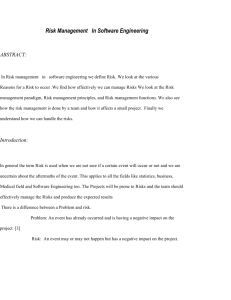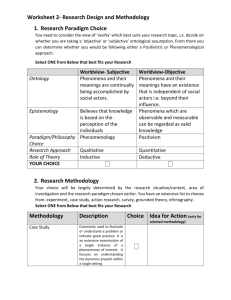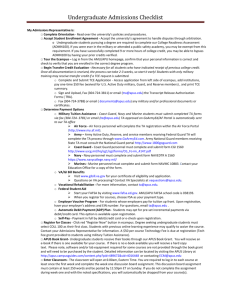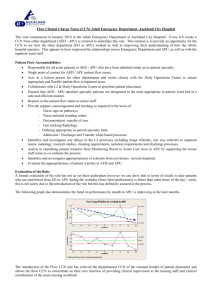Lesson Plan Erin B
advertisement
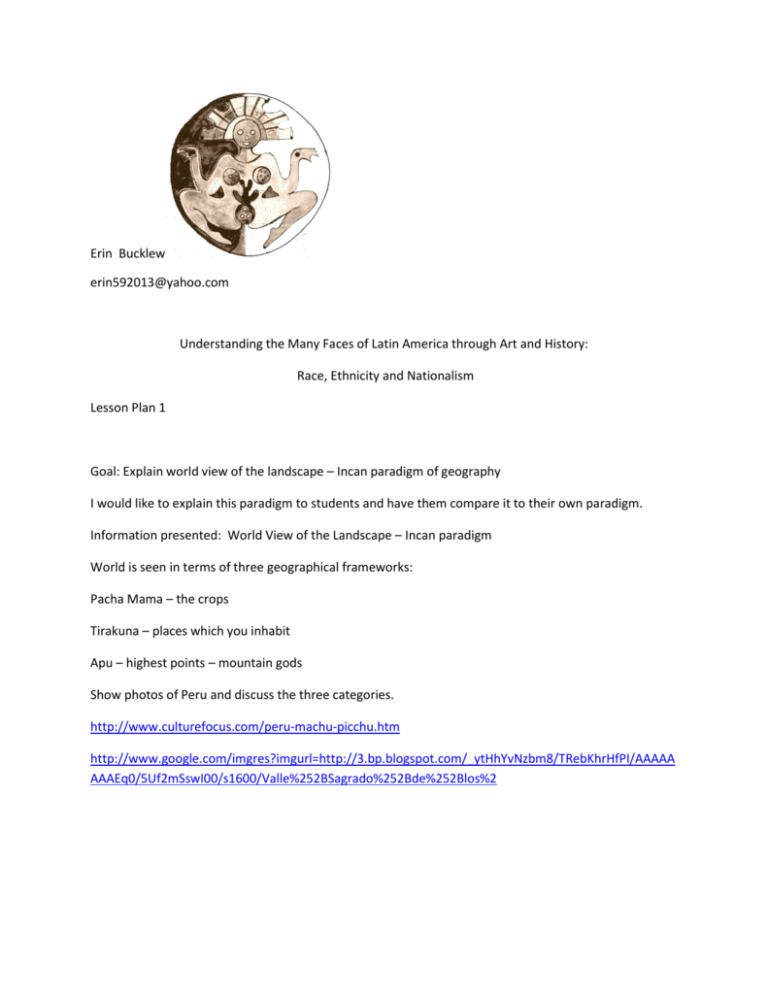
Erin Bucklew erin592013@yahoo.com Understanding the Many Faces of Latin America through Art and History: Race, Ethnicity and Nationalism Lesson Plan 1 Goal: Explain world view of the landscape – Incan paradigm of geography I would like to explain this paradigm to students and have them compare it to their own paradigm. Information presented: World View of the Landscape – Incan paradigm World is seen in terms of three geographical frameworks: Pacha Mama – the crops Tirakuna – places which you inhabit Apu – highest points – mountain gods Show photos of Peru and discuss the three categories. http://www.culturefocus.com/peru-machu-picchu.htm http://www.google.com/imgres?imgurl=http://3.bp.blogspot.com/_ytHhYvNzbm8/TRebKhrHfPI/AAAAA AAAEq0/5Uf2mSswI00/s1600/Valle%252BSagrado%252Bde%252Blos%2 Now let’s talk about these terms in terms of our own lives. Living in Eugene – show images https://www.google.com/search?q=photos%20of%20eugene%20oregon&ie=utf-8&oe=utf8&aq=t&rls=org.mozilla:en-US:official&client=firefox-a&channel=np&source=hp Pacha Mama Tirakuna Apu Do these categories make sense for Eugene? What three categories would you use? More Background: Pachamama: feminine, nurturing spirit of the earth in general likes to get frequent offerings of food, drink, and the essence of coca by blowing on the leaves apus and tirakuna, or Places: usually masculine spirits, more individualized live in, or are, the spirits of particular mountain peaks, rock outcrops, or other geographic features apus are the most powerful ones, located at major mountain peaks have powers and concerns for certain things or places (herds, rain, human health, social relations, etc.) each has his own personality, likes, dislikes, and appropriate ways to be propitiated these concepts of the animate landscape and spirits of particular places and rock outcrops are often invoked by archaeologists to understand apparently ritual sites Andes S 2006 / Owen: Andean thought and society p. 4






